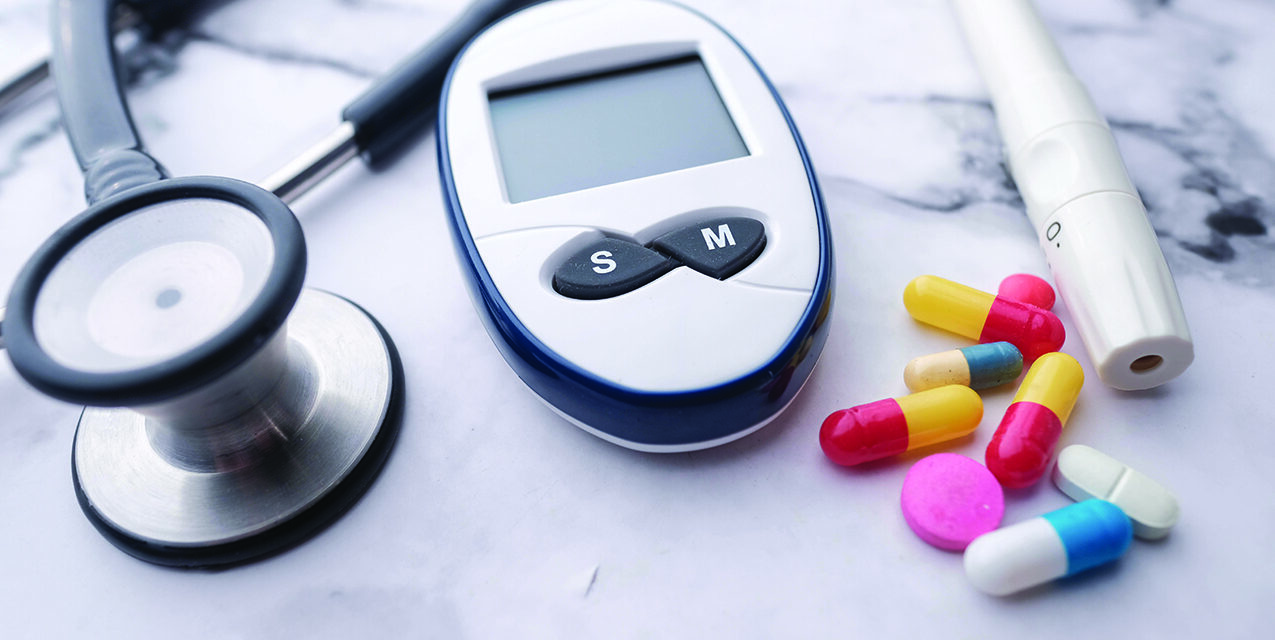By Annette Pinder
Type 2 diabetes is a serious condition that affects millions of people around the globe. In the United States alone, more than 37 million people have diabetes, with approximately 90 to 95% of those individuals diagnosed with type 2 diabetes.
According to Vigel Varkey, M.D., of Buffalo Medical Group, “When a person has type 2 diabetes, their body either doesn’t produce enough insulin or it resists insulin. Without treatment, type 2 diabetes can lead to serious health implications.”
Before an individual develops type 2 diabetes, a precursor to the disease, known as prediabetes, may be diagnosed. According to Dr. Varkey, having prediabetes means blood glucose levels are higher than normal, even if they have not yet reached the point that indicates diabetes. “Prediabetes is nothing to take lightly, as even this condition can increase risk of injury or illness to the heart, kidneys, and nerves,” says Dr. Varkey.
Dr. Varkey notes that prediabetes typically does not show any signs or symptoms. One possible sign, darkened skin on certain parts of the body like the neck, armpits, and groin, may be overlooked. Still, of those with prediabetes, 80% do not know they have it, according to the Centers for Disease Control and Prevention (CDC). Routine physical examinations and bloodwork are key tools in diagnosing prediabetes, and getting people the care they need.
The CDC indicates a fasting blood sugar level of 100 to 125 mg/dL (99 or lower is normal) is considered prediabetes. A level of 126 mg/DL or higher indicates diabetes. The good news is that prediabetes does not need to turn into full-blown diabetes if people embrace various strategies.
- Aspire to live a healthier lifestyle: “Exercising more, losing weight, and changing the foods one eats can stop and even reverse the progression of prediabetes,” says Dr. Varkey. Your physician might suggest a diabetes prevention program.
- Medication: Medications to lower blood sugar may be prescribed.
- Manage stress: High stress levels may exacerbate hormonal responses and lead to prediabetes. Finding ways to reduce stress can help.
- Quit smoking: There are scores of reasons to quit smoking, and avoiding a diabetes diagnosis is just one of them.
Prediabetes is a serious concern that may escalate and turn into type 2 diabetes if left unchecked. Individuals who are overweight, have large waist sizes, are sedentary, are over the age of 35, and have a family history of type 2 diabetes should talk to their doctors about their own risk for the disease.
Learn more about the causes, signs, and symptoms of prediabetes, and steps you can take to prevent it at https://www.cdc.gov/diabetes/basics/prediabetes.html. You can also take a prescreening test at https://dhhr.wv.gov/hpcd/Documents/PrediabetesScreeningTool.pdf.
Vigel Varkey, M.D. is an internal medicine specialist and primary care physician at Buffalo Medical Group who is accepting new patients. To make an appointment with Dr. Varkey, call 716-656-4581, and visit www.buffalomedicalgroup.com.












